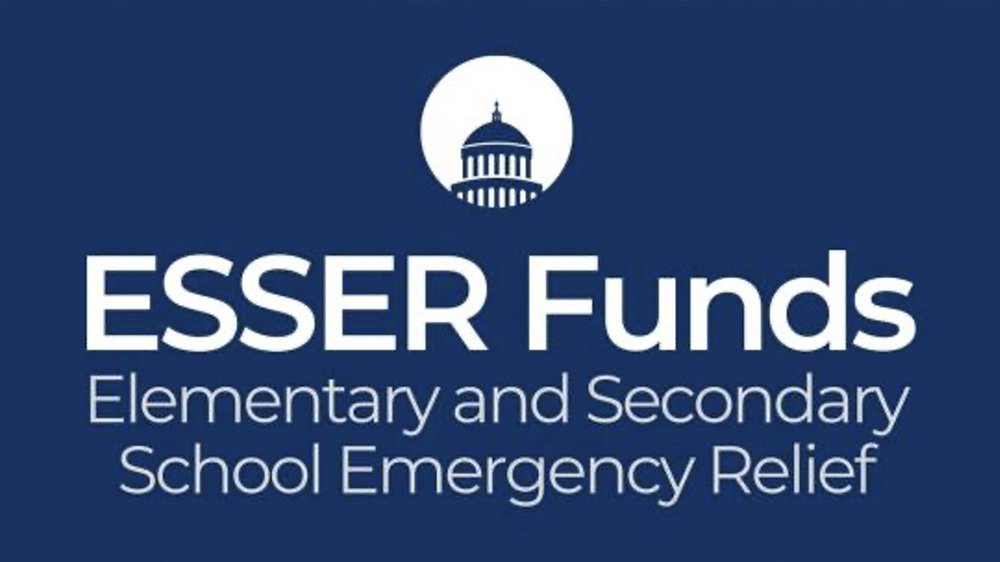A new resource from the U.S. Department of Education has provided guidance for ways districts can use American Rescue Plan ESSER funding to address the impact of lost instructional time on under-resourced and disproportionately impacted students. Ways to utilize funds include:
1. Reengaging students in their learning, including by meeting the social, emotional, mental health, and academic needs of students and through such approaches as tutoring and creative staffing.
2. Providing information and assistance to families as they support students, including through home visits and information sharing.
3. Using high-quality assessments to inform teaching and learning, including acceleration and target resources and supports.
View the Guide: Strategies for Using American Rescue Plan Funding to Address the Impact of Lost Instructional Time (U.S. Department of Education)
To support students’ needs, districts have the opportunity to use ESSER funds to extend educator capacity through professional development and coaching opportunities.
Continue reading for examples of professional development opportunities that are eligible for ARP ESSER funds.
Supporting the unique needs of all students
Activities that address unique needs of low-income children or students, children with disabilities, English learners, racial and ethnic minorities, students experiencing homelessness, and foster care youths, including how outreach and service delivery will meet the needs of each population. CARES ACT SECTION 18003(D)(4)
Ready to make strides toward meeting the needs of all learners? Districts can use ESSER funds to provide opportunities centered around topics like social-emotional learning (SEL), culturally responsive teaching, and differentiation.
Related resources:
- Building Equity Awareness and Capacity (BetterLesson)
- How Does SEL Support Educational Equity and Excellence? (CASEL)
- Whole Child Spotlight: Supporting Every Student (ASCD)
- Supporting ELLs Through COVID-19 (Colorín Colorado)
Accelerating learning through evidence-based instructional strategies
Addressing learning loss among all students in all subgroups, including by implementing evidence-based activities to meet the comprehensive needs of students. CRRSA ACT SECTION 313(D)(12)
Use ESSER funding to accelerate student learning by prioritizing opportunities that equip educators with evidence-based activities and instructional strategies.
Related resources:
- COVID-19 Planning: Resources to Support the Use of High-Quality Instructional Materials (EdReports)
- 3 Asset-Based Approaches to Accelerating the Growth of Our Students (BetterLesson)
- How to Implement Accelerated Learning Successfully (Carnegie)
Reimagining assessment and evaluation
Addressing learning loss among all students in all subgroups, including by administering high-quality, reliable assessments that can assess student academic progress and assist educators in meeting student needs, including by using differentiated instruction. CRRSA ACT SECTION 313(D)(12)
Take this opportunity to reexamine your assessment practices. Professional development centered around flexible assessment can equip educators with multiple strategies to determine students’ progress.
Related resources:
- Formative Assessment and Differentiation (BetterLesson)
- Learning as We Go: Principles for Effective Assessment During the COVID-19 Pandemic (CRPE)
- Future of Testing in Education: Effective and Equitable Assessment Systems (Center for American Progress)
Providing support to all families
Addressing learning loss among all students in all subgroups, including by providing information and assistance to parents and families on ways to support students. CRRSA ACT SECTION 313(D)(12)
Throughout the pandemic, schools have found innovative ways to meet the needs of students and parents—boosting engagement in the process. To continue this trend, districts can prioritize family-focused supports.
Related resources:
- 4 ways schools are enhancing parent relationships in the return to classrooms (K-12 Dive)
- Which Parents Need the Most Support While K–12 Schools and Child Care Centers Are Physically Closed? (RAND)
- Creating and Implementing a Family Partnership Plan (BetterLesson)
Supporting educators, students and families through professional development
By providing professional development and coaching opportunities to staff, districts can prioritize equity, accelerate growth, and support all staff, students, and families.
To learn more about using ESSER funds for professional development, download this free funding guide.
About the author
Nivia Vega-Claussen serves as the Vice President of Partnerships at BetterLesson. Nivia has over 20 years of experience in education, starting as a high school English teacher to literacy consultant and most recently as the leader of partnership's at BetterLesson. Nivia came to BetterLesson in order to align her passion for improving student outcomes with BetterLesson's mission to support every teacher in developing the next generation of resourceful, compassionate, and resilient learners.











